How To Make Your Own Disinfectant To Kill Coronavirus
These days, even clean freaks are getting a run for their money. In order to keep the coronavirus at bay, it’s important to disinfect your kitchen, bathrooms ― even the air ― sometimes multiple times per day. But with the recent panic-buying that’s wiped store shelves clean of commercial disinfectants, you might not have the usual products on hand.
Fortunately, you can make DIY hand sanitizer, disinfecting spray and wipes. Here’s what you need to know about making your own cleaning products that kill the coronavirus.
Items You’ll Need
The U.S. Centers for Disease Control and Prevention published recommendations for cleaning and disinfecting your home that are crucial to follow when making your own disinfectants. For example, the CDC says that it’s important to use EPA-registered disinfectants that have been vetted for their effectiveness against COVID-19 and allow enough contact time on the surface for the disinfectant to work.
There are just a handful of solutions you need for DIY cleaning products, according to Dean Davies, cleaning supervisor for Fantastic Services, which specializes in antiviral sanitization. You may already have them in your medicine cabinet or pantry. If not, you may be able to find them in stores, though inventory may be limited right now.
Hydrogen peroxide: According to the CDC, hydrogen peroxide is effective against a whole army of microorganisms, such as bacteria, yeasts, fungi, viruses and spores. A solution of at least 3% will kill germs ― including the cold virus ― after six to eight minutes of exposure.
Isopropyl alcohol: Also known as rubbing alcohol, this chemical compound has proven disinfecting qualities when left on surfaces for at least 30 seconds. Since rubbing alcohol is water-soluble, it can be diluted, but the concentration needs to be at least 70% to kill coronaviruses. Also keep in mind that while alcohol is considered safe for all surfaces, it could discolor some plastics, so be sure to perform a spot test first.
Household bleach: Bleach is strong and effective at killing bacteria and viruses when diluted properly. According to the CDC, that’s 4 teaspoons of bleach per 1 quart of water. Just be sure to let your bleach solution sit for at least 10 minutes before wiping it off, and be sure it isn’t expired. A word of caution: Mixing bleach with certain other chemicals can create dangerous compounds; never combine bleach with ammonia, rubbing alcohol or acidic compounds, such as vinegar. Your safest bet is to use bleach with water only.
In addition to these chemicals, you will need a squeeze or spray bottle, paper towels and/or cotton fabric. Again, some of these items might be hard to find, so try to work with what you have.
How To Make Your Own DIY Disinfecting Products
Hand Sanitizer
Though washing your hands with plain old soap and water is the best way to keep them clean and prevent the spread of coronavirus, you don’t always have access to a sink. The next best thing is using hand sanitizer, but you need to be sure your ratios are correct when making it yourself, otherwise it isn’t effective.
Ajith Karunarathne, a cellular chemist and assistant professor in the University of Toledo’s department of chemistry and biochemistry, shared his recipe for hand sanitizer.
Start with isopropyl alcohol, which you may be able to find online at Walmart or Amazon if you don’t have it at home. Usually, isopropyl alcohol comes in either 90% or 95% concentration, according to Karunarathne, but anything 90% and above will work.
Mix three parts alcohol with one part aloe vera gel, which prevents your skin from drying out. (If you can’t find pre-made aloe gel, you can also scrape some out of the leaves of an aloe plant. Cut the sides of a leaf and remove the top skin. Using a spoon, scrape the gel out. In a high-speed blender, blend the collected gel for two to three minutes, then use a strainer to filter the gel and remove leaf debris.)
If you want, add a few drops of essential oil to the mix for a nice scent.
Transfer your sanitizer to a clean, empty container. You can refill empty hand sanitizer bottles, or use any small container that’s easy to carry with you. Karunarathne said that if you see cloudy sedimentation, shake the container before use.
Disposable Disinfecting Wipes
If your store is sold out of Clorox wipes, you can easily make your own, according to Davies.
Start with a roll of paper towels and cut it in half horizontally so that you’re left with two toilet paper-like rolls.
Mix 2 cups of water with 2 tablespoons of bleach.
Place one paper towel roll flat into an airtight container and pour the solution over the top. The container should be large enough to hold all the liquid while ensuring the paper towels are fully saturated.
Take out the cardboard center roll and pull out fresh paper towels from the middle.
Reusable Disinfecting Wipes
Instead of relying on single-use (and hard to find) disinfectant wipes, Kris Bordessa, a sustainability expert and author of “Attainable Sustainable: The Lost Art of Self-Reliant Living,” says you can make reusable ones instead.
Start with an old T-shirt or other cotton fabric. Cut it into squares, about the same size as a commercial wipe.
Soak these cloths with your bleach solution or a mixture of 2/3 cup 99% isopropyl alcohol and 1/3 cup water.
Store your used wipes in a sealed container until laundry day, then wash them using the hot water setting before resoaking them in your solution and reusing.
Don’t Rely On “Natural” Cleaners For Coronavirus
Though you might want to minimize the use of harsh chemicals in your home, especially in your kitchen where food is prepared, the truth is that you need to rely on the tough stuff to kill the coronavirus and other harmful germs. Some “natural” household items may have helpful cleaning properties but will not disinfect:
Vinegar: Effective on mildew, dirt and bacteria, vinegar has long been a go-to for cleaning surfaces around the home. Though vinegar is a safe and natural way to get rid of some types of germs, it isn’t an EPA-registered household disinfectant and isn’t recommended in place of alcohol or bleach.
Tea tree and other essential oils: Though tea tree oil and other essential oils have been touted for a wide range of questionable benefits, including antiviral properties, there’s no scientific proof that they prevent people from contracting viruses. Essential oils can make your cleaning products smell nice and might even eliminate some types of bacteria, but you shouldn’t rely on them to kill the coronavirus.
Vodka and other spirits: There are many DIY hand sanitizer recipes on the web that suggest using vodka in a pinch. However, the CDC says that hand sanitizer must have an ethyl alcohol concentration of at least 60% to be effective, and most vodkas fall well below that threshold. When mixed with aloe or other substances, the concentration is diluted further. Even Tito’s Vodka tweeted a warning that their vodka is only 40% alcohol and does not meet the CDC’s standards for an effective sanitizer.
Related...
Coronavirus Face Masks: Everything You Need To Know
Why You Shouldn’t Wash Produce With Soap During The Coronavirus Crisis
Can You Wash And Reuse Disposable Gloves?
A HuffPost Guide To Coronavirus
Stay up to date with our live blog as we cover the COVID-19 pandemic
What you need to know about face masks right now
How long are asymptomatic carriers contagious?
Lost your job due to coronavirus? Here’s what you need to know.
Can someone outside of your household quarantine with you now?
Everything you need to know about coronavirus and grief
What coronavirus questions are on your mind right now? We want to help you find answers.
Everyone deserves accurate information about COVID-19. Support journalism without a paywall — and keep it free for everyone — by becoming a HuffPost member today.
Also on HuffPost
Food Processors
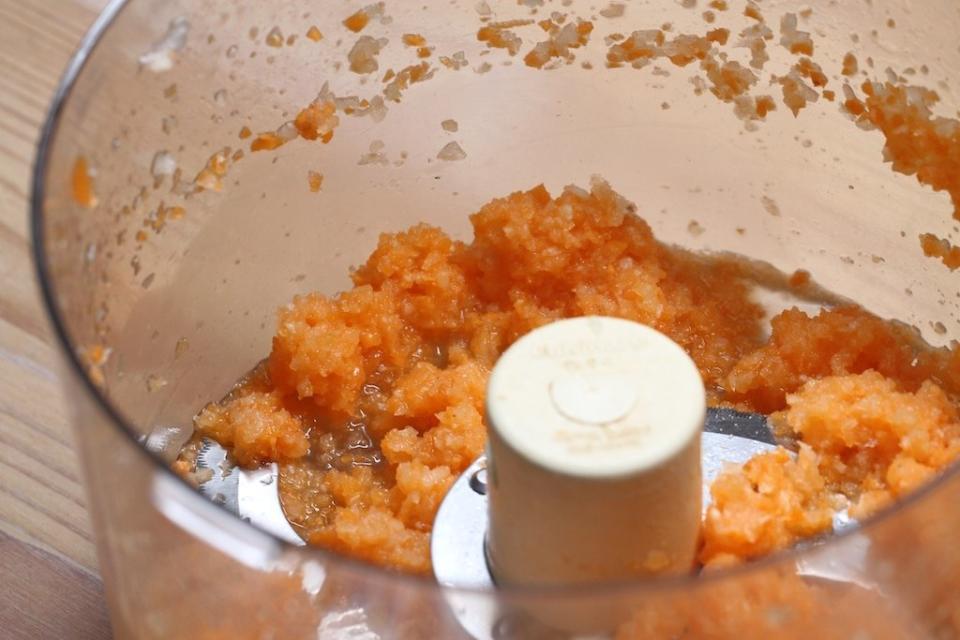
Kitchen Sink
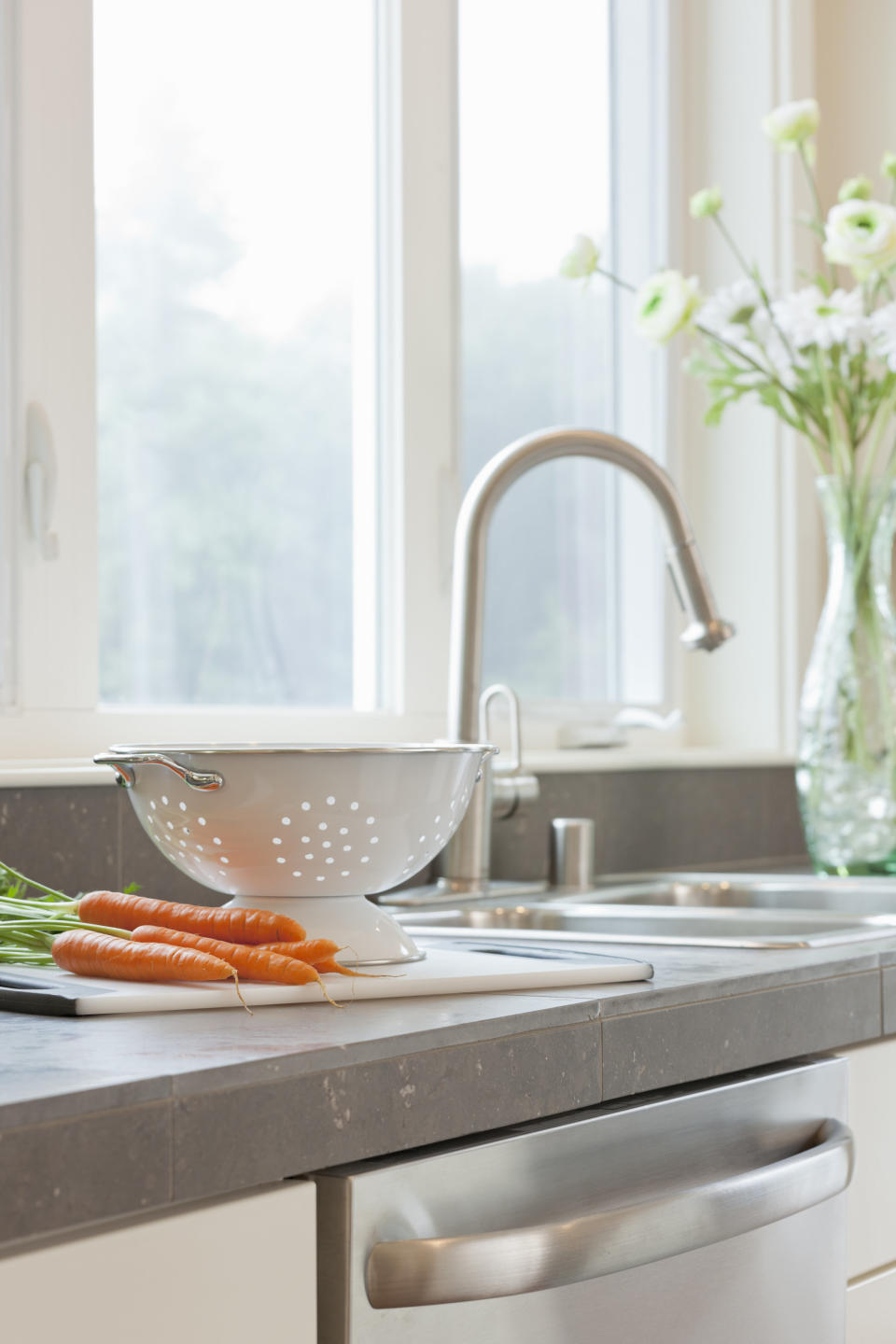
Skirting Boards
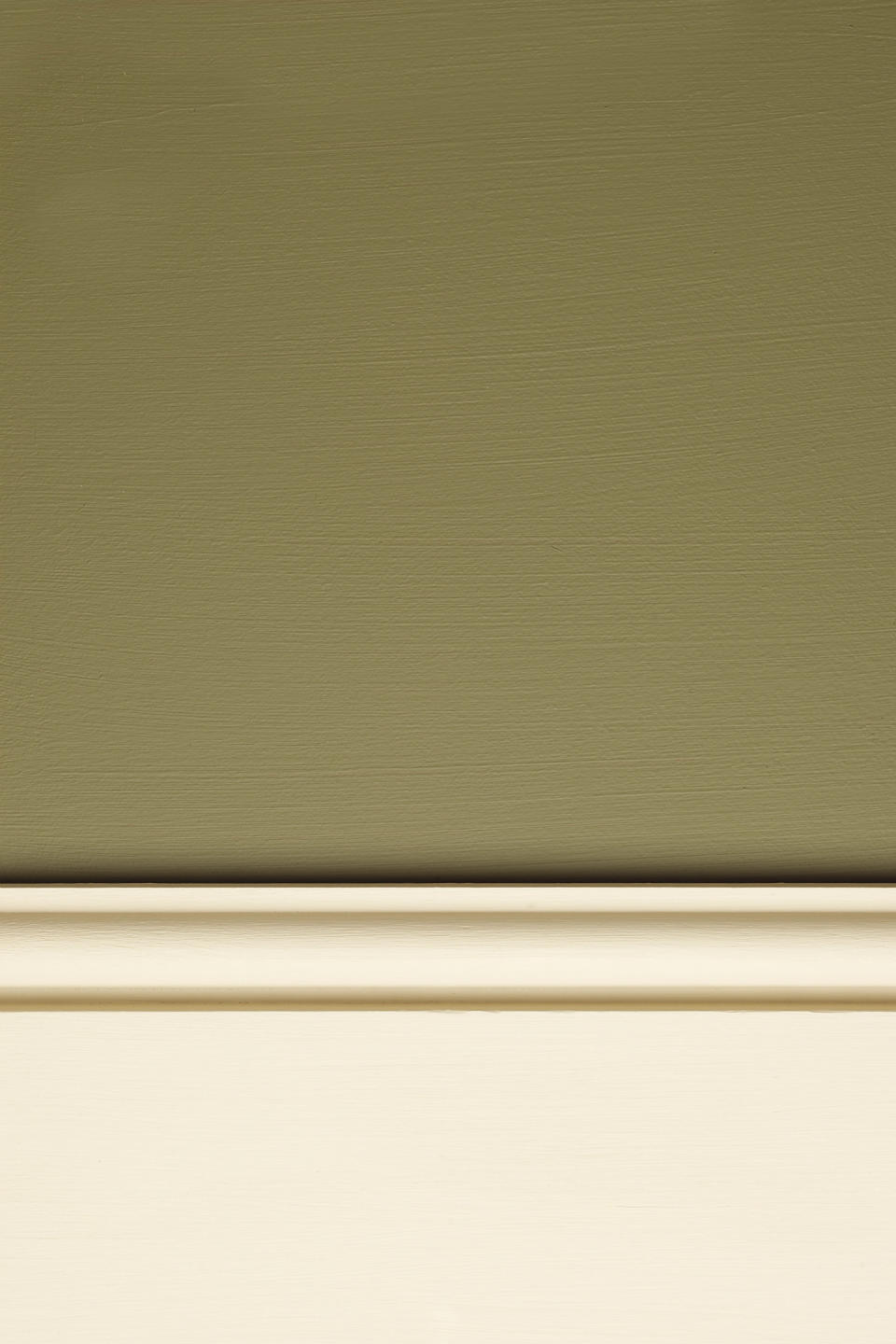
TV Remote Control
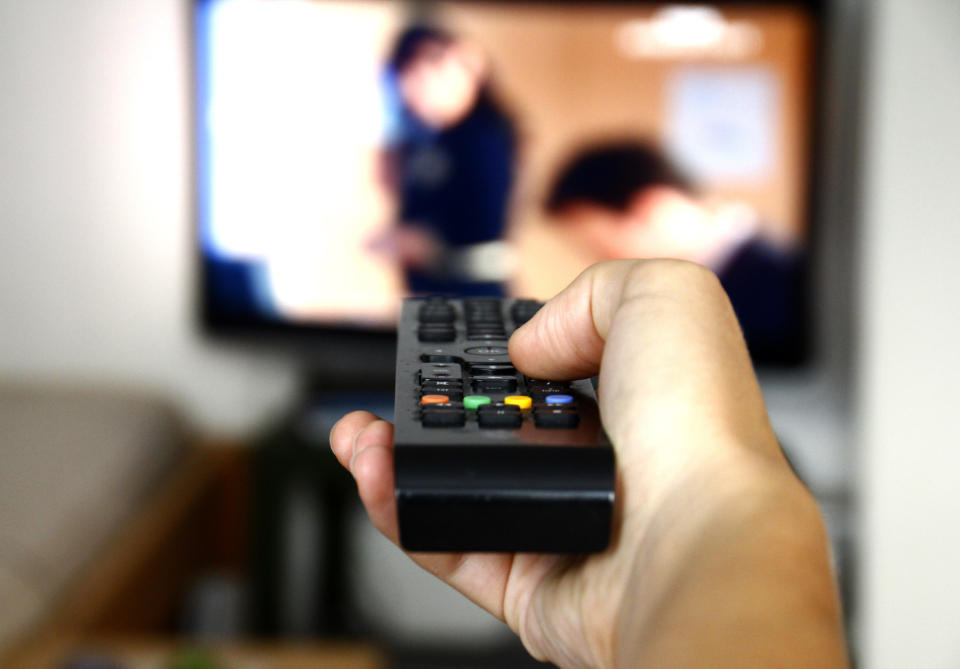
Bathmat
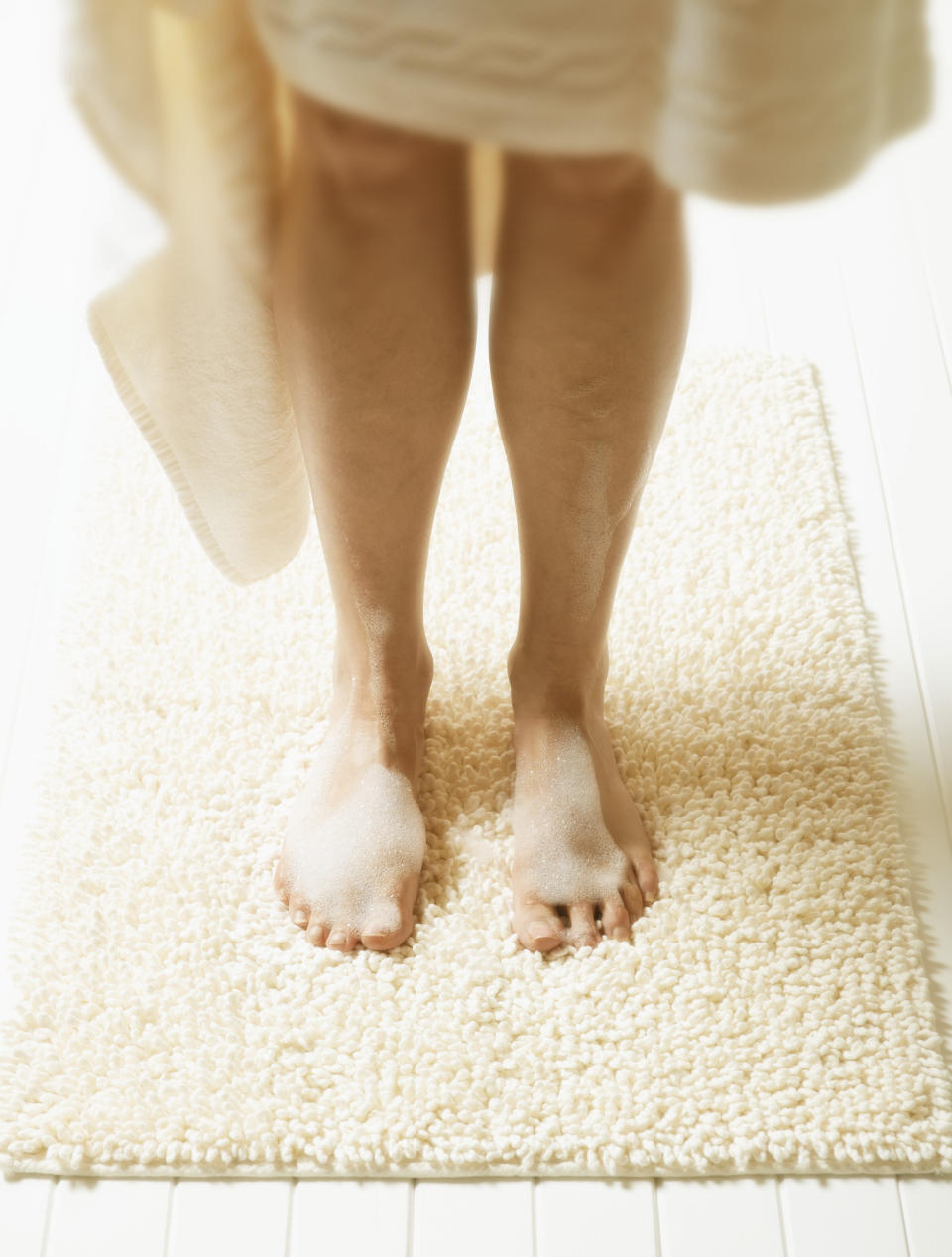
Chopping Boards
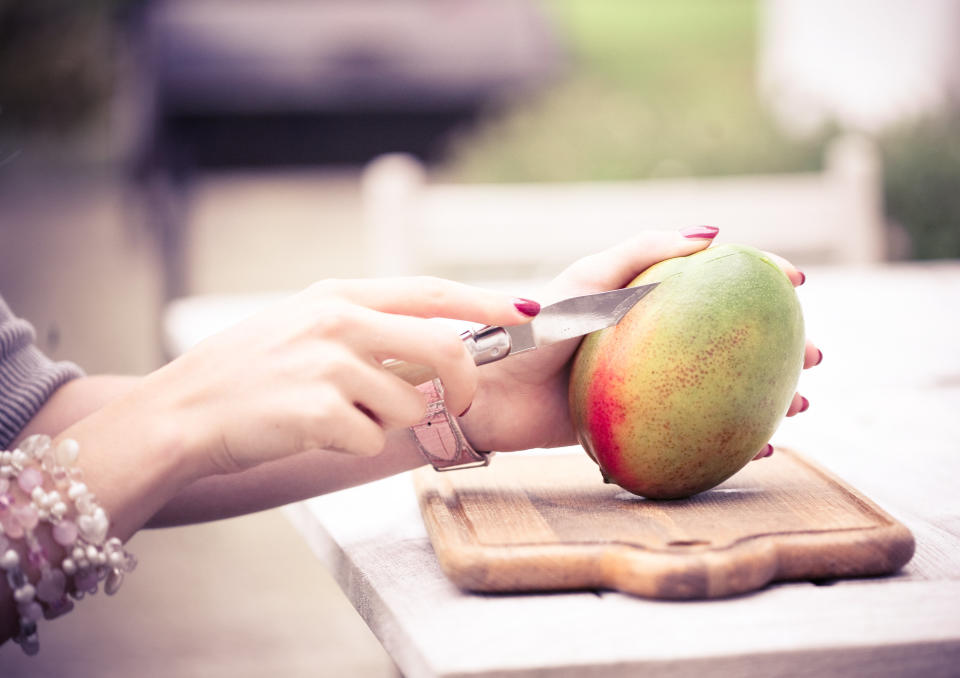
House Plants
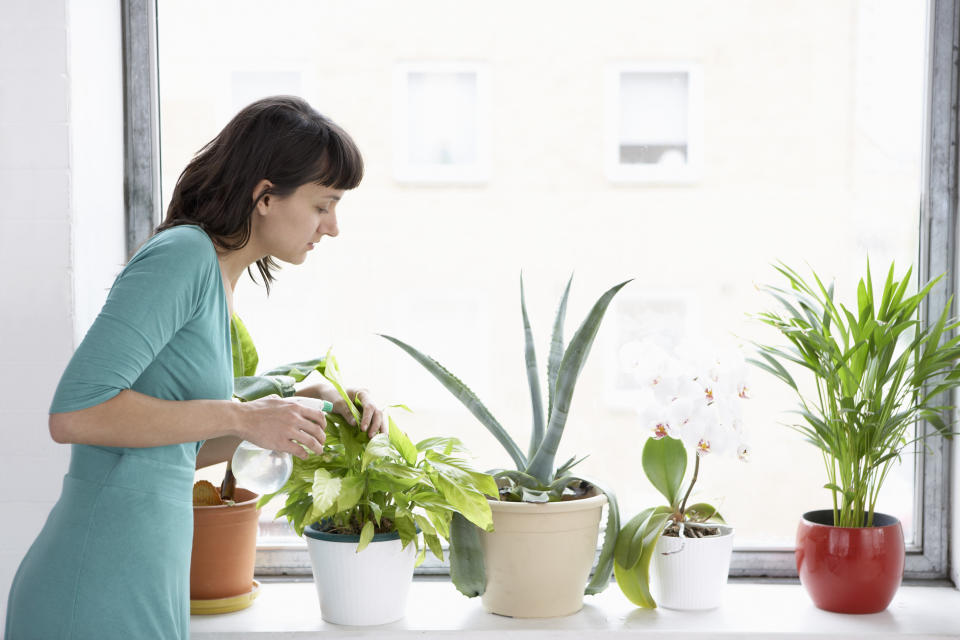
Love HuffPost? Become a founding member of HuffPost Plus today.
This article originally appeared on HuffPost.

